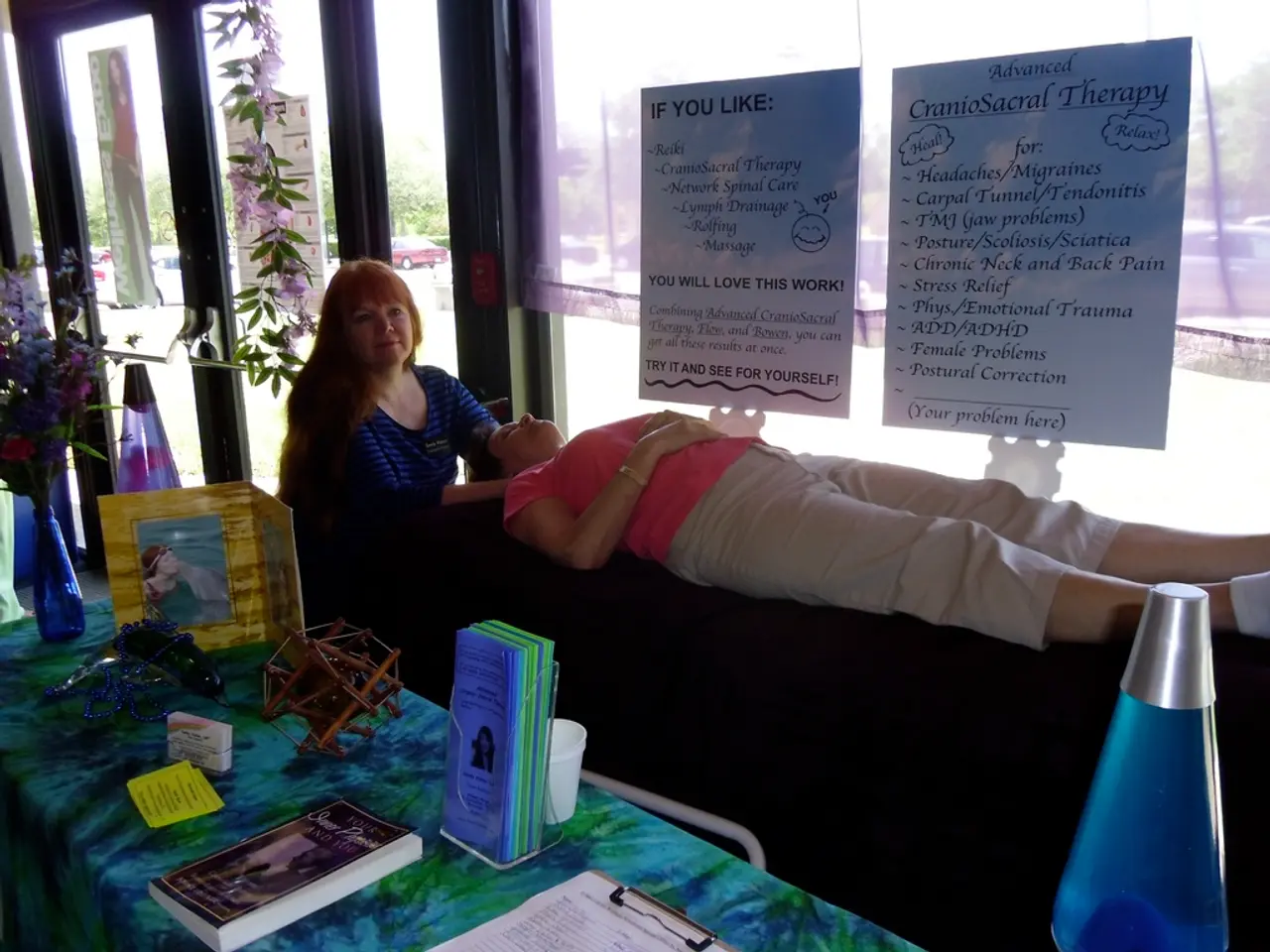Coping with Seasonal Mood Dips: Recognizing and Managing Seasonal Affective Disorder
In the spring of 2003, architect Paul K, then 27 years old, experienced an episode of Major Depressive Disorder (MDD). This was followed by a diagnosis of Seasonal Affective Disorder (SAD) in November 2004.
Paul, a resident of San Francisco, found himself grappling with symptoms such as trouble sleeping, poor appetite, weight loss, agitation, and anxiety. His environment, including the often foggy and dismal neighbourhood, may have contributed to his SAD symptoms.
SAD is a subtype of MDD or Bipolar Disorder (BP) that is brought on by a change in seasons. Although the exact causes of SAD are unknown, it is believed to be linked to disruptions in the body’s circadian rhythm caused by changing daylight patterns and imbalances in brain chemicals. Reduced serotonin levels, associated with mood regulation, and increased melatonin, affecting sleep and fatigue, are thought to play a role.
Paul used a light therapy box as part of his treatment, and his medication was adjusted to include an antidepressant better at combating SAD. Psychotherapy and Cognitive Behavior Therapy (CBT) were also beneficial. These approaches helped him identify behaviour patterns contributing to depressive thought patterns and taught him new coping mechanisms.
Interestingly, SAD can occur in the winter months, but it can also happen in the spring and early summer. The spring-onset SAD, often referred to as summer-pattern SAD, typically begins in late spring or early summer and involves symptoms that contrast with the more common winter-pattern SAD. Its symptoms include insomnia or difficulty sleeping, poor appetite with possible weight loss, agitation, restlessness, anxiety, irritability, episodes of violent behaviour, and increased social isolation.
Lifestyle improvements, such as daily walks, supplements like Omega-3s or melatonin, and regular socializing, can support recovery and maintenance of health for those with SAD. Those with clinical depression or bipolar disorder, who live in areas with less sunlight, are at a greater risk of developing SAD.
Paul's story serves as a reminder that SAD is a real and treatable condition. Millions of Americans suffer from SAD annually, and although men have more severe symptoms, they are diagnosed at a lower rate than women. If you or someone you know is struggling with SAD, it's essential to seek help from a healthcare professional.
In the realm of health-and-wellness and mental health, science is unraveling the complexities of Seasonal Affective Disorder (SAD), a subtype of either Major Depressive Disorder (MDD) or Bipolar Disorder (BP), which may now be linked to Paul, a San Franciscan architect, dealing with this condition. His recovery process applied various approaches, including light therapy, medication adjustments, psychotherapy, and Cognitive Behavior Therapy, demonstrating the multifaceted nature of treatment for SAD.




